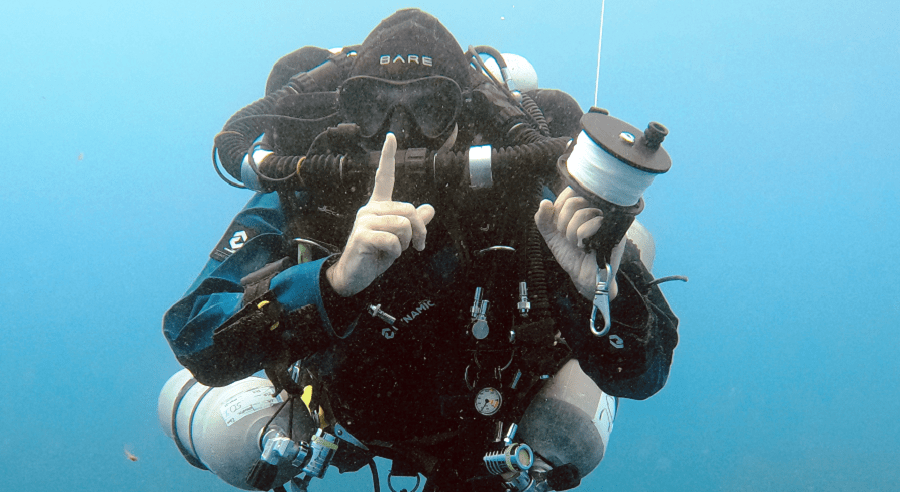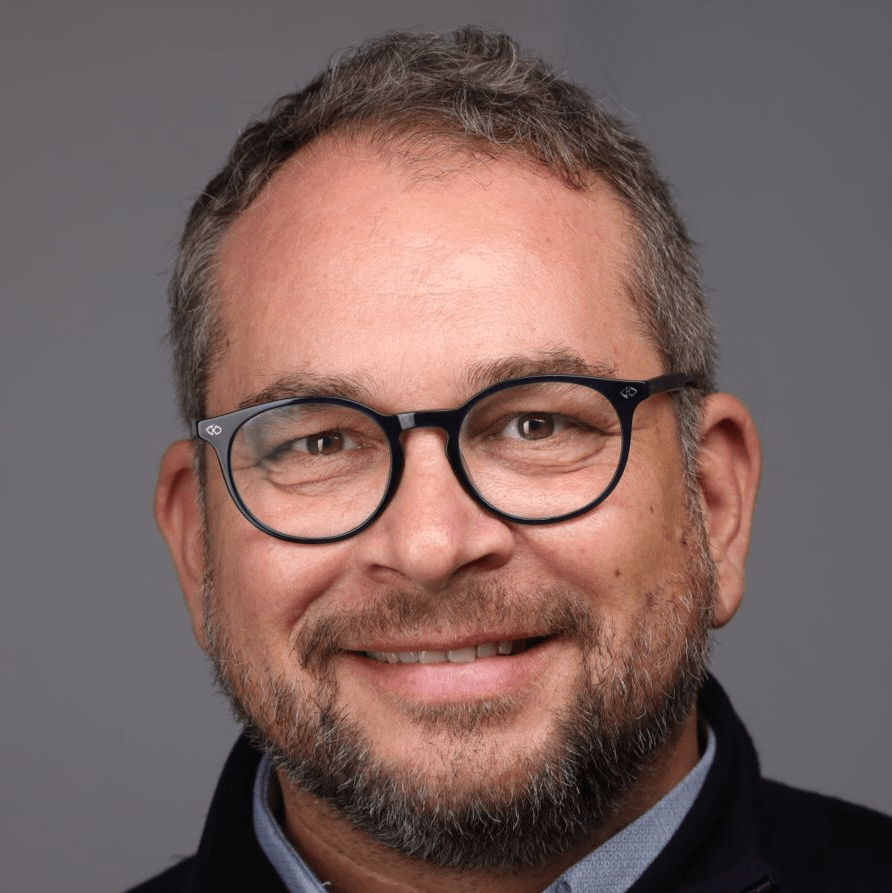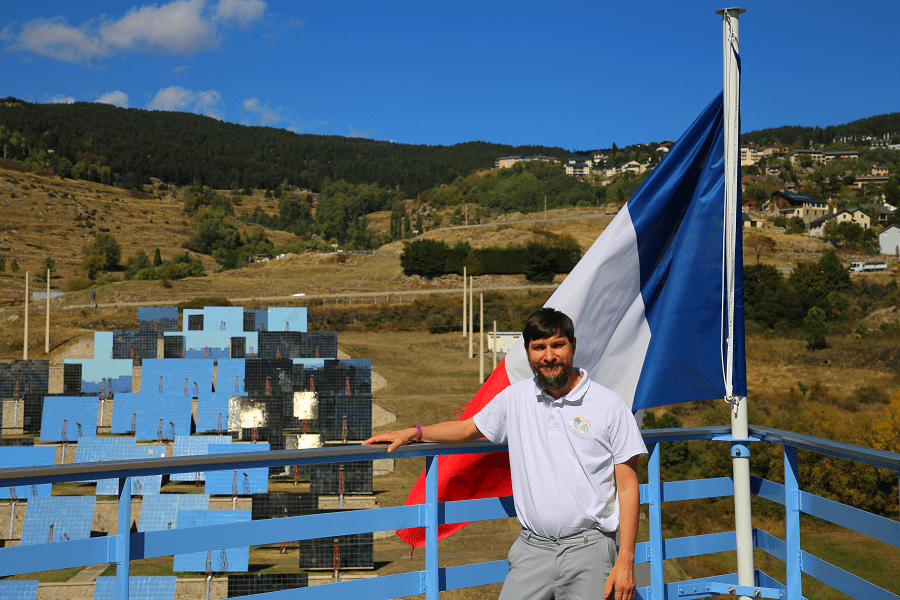
Jorge Gulín González – Director of the Study Center on Computational Mathematics (CEMC). Facultad de Ciencias y Tecnologías Computacionales, Universidad de las Ciencias Informaticas (UCI), La Habana, Cuba:
During my time as a student of Physics at the University of Havana, I had the opportunity to delve into research topics related to Solid State Physics, both from a theoretical and experimental point of view. This included the study of the properties of ceramic superconducting materials as a function of the external magnetic field and the study of the behavior of electron oscillation modes in quantum wells formed by heterostructures of semiconductor materials. These investigations from my collegiate period guided my vocation towards solid state physics and computational modeling and simulation of nanomaterials.
After my graduation in 1995, my research on the computational design of porous nanomaterials such as zeolites. We were interested in creating materials with redox properties and with active acid sites in the crystalline lattices of zeolites that would allow them to be used in catalysis and fine chemistry. Zeolites are ideal for this because they have one-dimensional, two-dimensional, and three-dimensional channel and pore systems. With dimensions below 20 angstroms, the adsorption and diffusion of organic and inorganic molecules in these nanoporous systems is facilitated.
To carry out the computational design of these new materials I used lattice dynamics techniques combined with deterministic methods to search for crystalline configurations of minimum energy at several temperatures and pressures. I also carried out studies of the phase transitions (crystal-crystal and crystal- amorphous) of these materials under various changes in pressure and temperature, as well as examined the structural amorphization and the possible reversible nature of this and the stability of crystalline defects. In addition to lattice dynamics techniques, I used a classical molecular dynamics method to study molecular adsorption and diffusion in nanoporous materials. In this context I became interested in anomalous diffusion processes such as what is known as single-file diffusion.
These works were in collaboration with my colleagues at the Technological University of Havana and the University of Informatics Sciences (UCI), in Havana, Cuba and in close cooperation with foreign universities in which I want to highlight Professor G.B. Suffritti’s group at the University of Sassari, Italy, in addition to the support received by the International Center for Theoretical Physics (ICTP) “Abdus Salam” of Trieste, Italy.
My research results led me to create and then direct a Computational Mathematics study center at the University of Informatics Sciences in Havana, Cuba.
This Center, founded in 2014, has the following fundamental lines of research:
• Computational design of nanoporous materials (physical-chemistry properties and surface phenomena in these materials)
• Computational microfluidics to describe blood cells and design of devices for cell separation
• HPC applications
• Artificial Intelligence (mainly Machine Learning) techniques for decision making and fitting of parameters in molecular simulations
• The application of community detection algorithms in brain networks and scientometrics
• Computational Biomechanics
The first topic is related to what was described above about my first research efforts, while computational microfluidics allows the study of the properties of microfluids (fluids with a small Reynolds number), which includes fluids as important as blood flow. In this field, we have developed models to describe the deformations of blood cells related to diseases such as dengue and malaria. Additionally, we have studied the computational design of devices for cell separation and their potential use in liquid biopsy devices.
Another important research topic that we are developing has to do with the use of social network analysis, especially community detection algorithms for finding connectivity and cooperation relationships in complex networks of researchers (Scientiometrics). We have maintained close and fruitful cooperation with the SERC Center of the Library and Information Center of the Chinese Academy of Sciences in Chengdu, Sichuan, headed by Professor Yunwei Chen. We are using these same computational and network analysis techniques to study the characteristics of neural networks in pathologies such as Alzheimer’s, based on work with fMRI images and EEG and MEG experiments. These studies will allow us to find patterns and connections in the brain networks and their correspondence with the appearance of Alzheimer’s symptoms – and will help in the diagnosis and prevention of this terrible disease.
To study nanomaterials via ab-initio molecular dynamics techniques, we are introducing in our Center the application of machine learning techniques to design interatomic potentials that have the precision of ab-initio calculations and the ability to study a large number of atoms on long time scales, which have the classical potentials.
New topics related to the application of fuzzy techniques (fuzzy cognitive maps) for decision making and the application of numerical and computational methods for the biomechanical study of different structures of the human body – with an emphasis on joints – are also part of our current projects. In this sense, we are beginning to implement the finite element method to study the shoulder complex. We are interested in the behavior of this important joint –which happens to be the most complex joint in the human body – under loads and in finding and describing possible athletic injuries. We are developing this topic in collaboration with the University of Leipzig in Germany.
As transversal research that supports those already mentioned, we work on the development of software applications based on parallelization and the efficient use of the computing resources we have at hand. With this objective in mind, we research various problems pertaining to algorithm optimization.
In all the mentioned fields and in others that demand the use of numerical methods and their computational implementation, we are open to cooperation – with a win-win philosophy and the aim to understand the deep secrets embedded in modern science and technology.
Interview: Ivan Stepanyan










